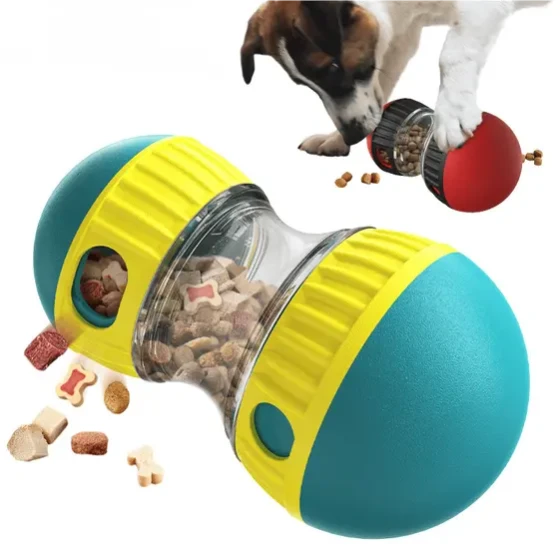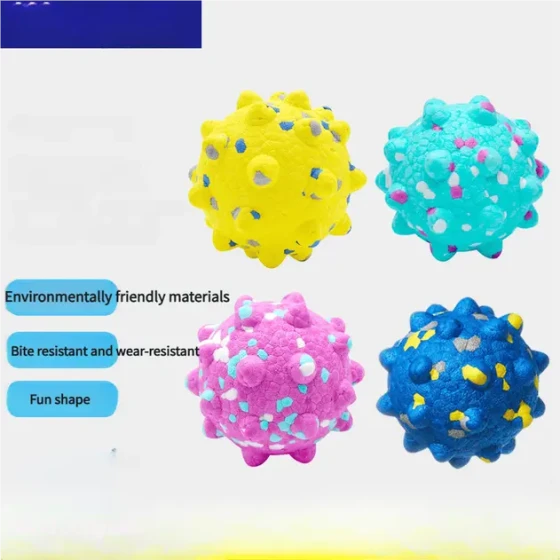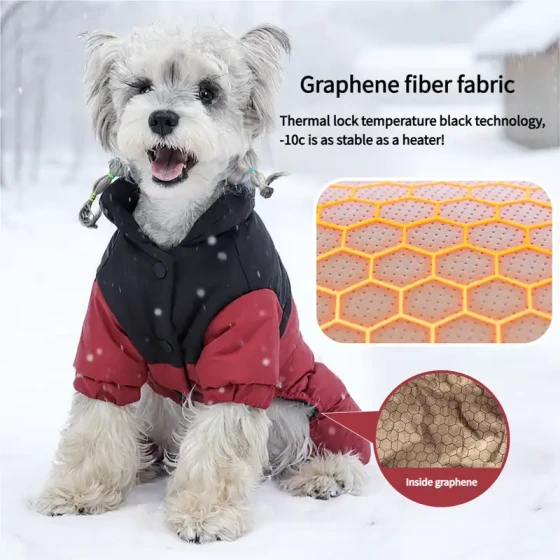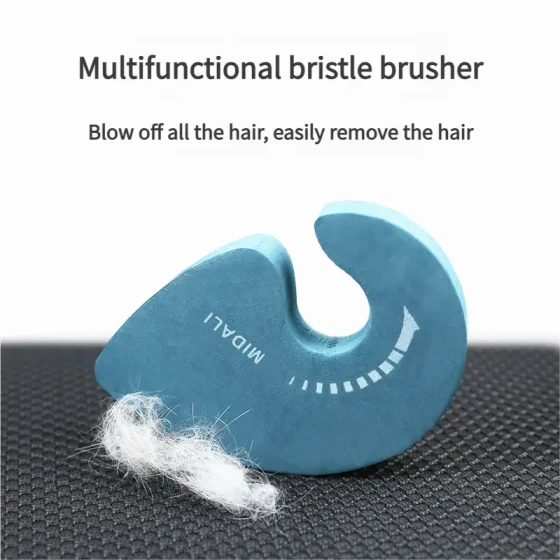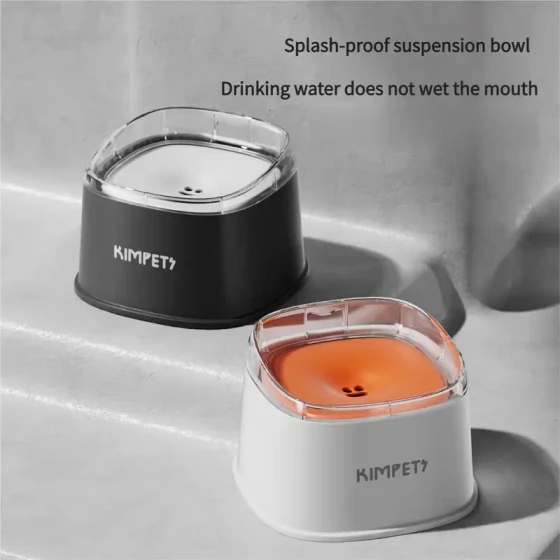Morphological Characteristics of the Czech Terrier
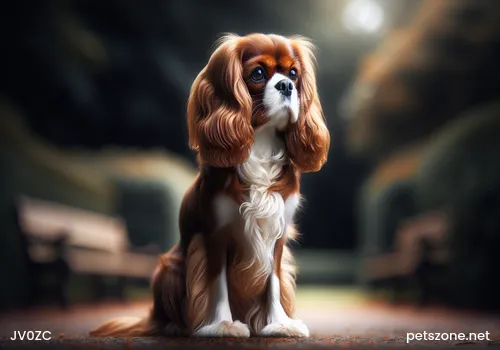
The ideal adult Czech Terrier’s shoulder height should be within the range of 9.8-14.2 inches (25-36cm), and the ideal adult weight should be within the range of 12.1-17.6 pounds (5.5-8kg). Any dogs outside this range are considered to have defects.
Head Features
Long-shaped head, somewhat large. The skull is distinctly domed, the area between the ears is not very wide, and the space between the eyebrows is moderately narrow. Slight wrinkles appear on the forehead. The cheeks are not protruding. The nasal bridge is straight, the jaws are strong, and the lips close well. Teeth are scissors or level bite. Eyes are medium-sized, deep-set, with a gentle expression. The eyes of blue-gray coated dogs are brown or darker to dark brown; eyes of coffee-colored coated dogs are amber or darker. The nose is relatively large and well developed; the nose of blue-black dogs is black, while the coffee-brown dogs have black-brown noses. Ears are medium-sized, set high, triangular, folded forward, and hang close to the cheeks.
Body Features
Neck and body: Neck of medium length, strong, neat with no loose skin. The shoulders are muscular and full. The back line is straight but slightly arched over the loin. The loin muscles are sufficient, relatively long and wide. The chest is rounded. The belly is moderately tucked up.
Coat
The coat is silky and glossy all over the body. The eyes are often covered by long eyebrows, and the hair on the throat is somewhat curly. Generally, the hair from behind the head to the back, the ribs on the side, and the tail is trimmed short, while the hair on the chest, abdomen, legs, and face is retained.
Color
Blue-gray and light coffee colors. Blue-gray puppies are black, and light coffee puppies are chocolate colored. All dogs of this breed must have one of the two dominant base colors mentioned above. On these two dominant colors, yellow, gray, and white markings are allowed. These markings appear on the head, cheeks, lower side of the muzzle, neck, chest, abdomen, lower legs, and tail tip. Occasionally, a white collar is also seen.
Gait
The evaluation of the Shar Pei’s movement is mainly based on the trot. The correct gait is fundamental.
